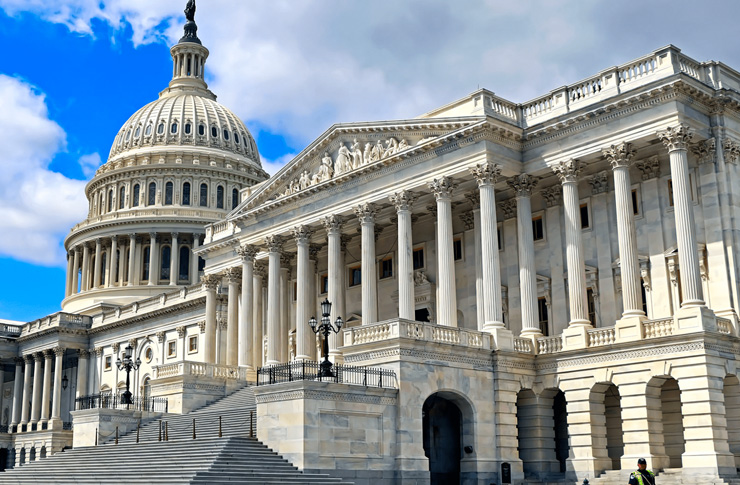
Medicare Advocacy and Recovery Coalition
TREASURY OFFSET PROGRAM ISSUE
TREASURY OFFSET PROGRAM (TOP)
MARC members and other stakeholders are receiving notices from the Treasury Department that the government is deducting Medicare secondary payer (MSP) payments from tax refunds otherwise payable by the government. Notices are often going to Chief Financial Officers or Tax departments with stakeholders unfamiliar with MSP issues. In many cases, neither the company nor Treasury can identify the MSP claims for which the deduction is made. In cases where the MSP claims can be identified, usually the company has had no notice of the claims at issue, either because they were never received, or were received by branch offices or closed facilities.
BACKGROUND
The Treasury Offset Program (TOP) was established under the Debt Collection Improvement Act of 1996 (DCIA) to maximize federal debt collections. Under the DCIA, creditor federal agencies are required to report legally enforceable debts that have been past-due for 180 days. The law then allows the Treasury Department to offset a tax refund owed to the debtor and use that offset to pay the debt owed to the creditor agency. The TOP is administered by the Financial Management Service (FMS), a bureau of the Treasury Department. In addition to the TOP program, Treasury also employs contractor debt collectors who pursue recoveries on behalf of the government. The debt collection process is run through the Treasury Debt Management Services office.
There are three steps in the process of a creditor agency transferring a debt to Treasury:
- The creditor agency (in the case of MSP claims, HHS, or its contractor, the MSPRC or BCRC) must notify the debtor of the debt and try to resolve the matter (this occurs through the Section 111 process);
- The creditor agency (HHS or its contractor the CRC or BCRC) must notify the debtor that it intends to transfer the debt to the TOP. At this point the creditor agency must give the debtor the opportunity to pay the debt and to inspect agency records regarding the debt (this also should occur through the Section 111 process); and
- When submitting the debt to TOP, the creditor agency must certify that the debt is past-due and legally enforceable, and that the creditor agency complied with all other legal requirements such as providing notice to the debtor.
Many primary payers are not receiving the requisite notices, or if notices are being sent, they are going to outdated or incorrect addresses. Further, many debts are referred by HHS to Treasury even before they are final, given that the Primary Plan still has time to appeal collection determinations, but during the appeal period HHS refers the matter to Treasury before an appeal can be timely filed. And even when claims are properly referred to Treasury, the Treasury notice (either in the TOP program or through Treasury contractor debt collectors) come without appropriate identifying information to connect the debt to a claim. MARC has been working with the Treasury Department to reform the TOP and debt collection programs and remedy the improper collection of MSP obligations through this effort.


MARC’S POLICY POSITION
MARC has met with CMS and Treasury representatives to discuss resolving the current flaws in the TOP program. At a minimum, both CMS (or its contractors) and Treasury should be required to provide enough notice to MSP stakeholders to contest or otherwise address MSP claims before the TOP program is applied.
REFERENCE DOCUMENTS

MARC Comments to CMS CMS Referrals to Treasury of MSP Debts May 24, 2018

MARC Comments to CMS MSP and Treasury Debt Collection/DCIA
June 29, 2015

Media Treasury creating political problems by recovering MSP debts from New York City 9/11 funds
September 11, 2020
